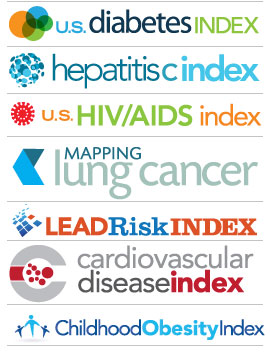Medicare’s bet on primary care
Medicare News Tuesday, May 29th, 2012Boosting fees for primary care services could lower Medicare’s costs, but some physicians say the increases they have received so far have fallen short.
Ama-assn.org: by CHARLES FIEGL, amednews staff. Posted May 28, 2012.
On a long itemized list of receipts for office visits and procedures, there was a sizable unknown Medicare payment for a group of physicians to share at Oak Street Medical in Eugene, Ore., during the spring of 2011. The lump sum was unexpected, but it could not have come at a better time.
The question of whether to continue participating in Medicare had been on the minds of physicians everywhere. In 2010, Congress repeatedly had delayed Medicare cuts of more than 20% for only short periods. The system responsible for calculating fees remained broken in 2011 and still needed patching by the end of the year, at which point the cut was scheduled to rise to more than 27%.
Medicare makes up nearly half of the patient base at Oak Street, a patient-centered medical home, said Kirk Jacobson, MD, an internist who is a founding partner at the practice. He and other physicians at the center that year held discussions about the difficulties of covering the costs of running a medical home with such a large Medicare base. Geographic adjustments to fees resulted in lower overall payments in Eugene compared with other parts of the U.S., he said. Care coordination efforts and some prevention measures offered at the primary care level by the medical home are not recognized by Medicare’s fee-for-service payment system. Read more

